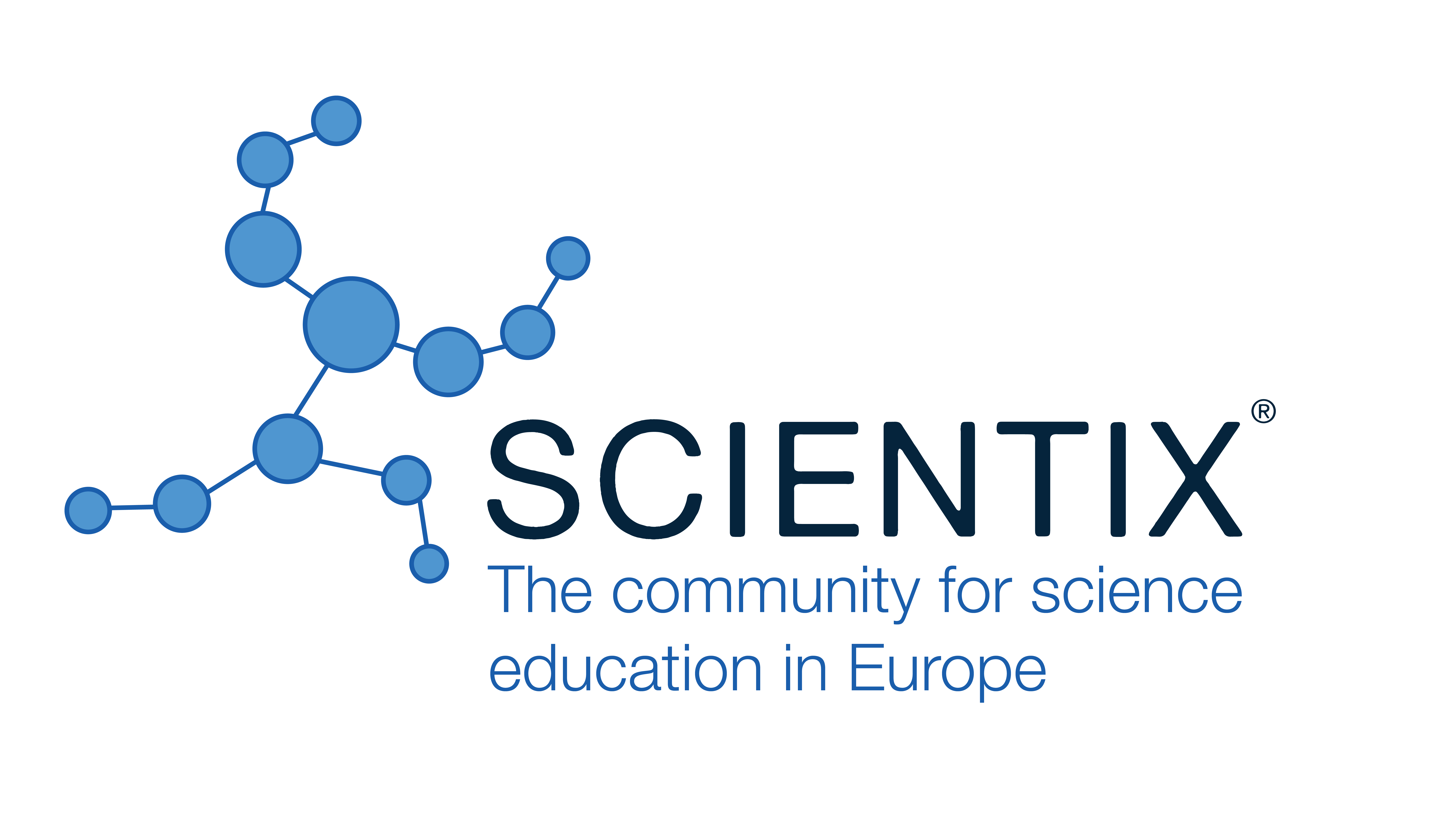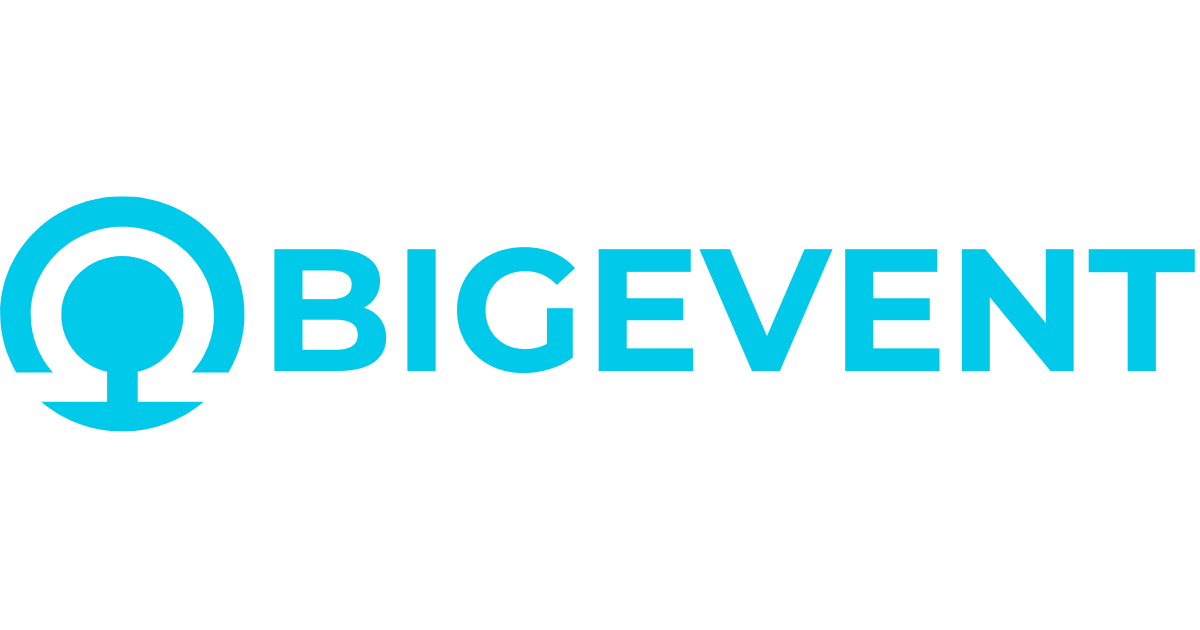Meet the Demands of the Future Today with Universal Design for Learning (UDL)
Kamilla Klonowska, Kristianstad University (Sweden)
Eric Zhi Chen, Kristianstad University (Sweden)
Abstract
The students’ needs of support during their study years are changing, which is why the practices as educational developers and teachers are also changing. It is not enough to open doors to our universities, says the European Commission's Eurydice Report [1], thus giving us the mission to improve our work with increased participation. Aiding in this educational development is Standards and Guidelines for Quality Assurance in the European Higher Education Area [2], which has student-centered approach and learning as a standard to work for. A concept that has been found to facilitate this change in our practice today for future requirements in line with the academic strategy, for teaching and learning when it comes to propagating a future-oriented way of thinking, is Universal Design for Learning, UDL [3][4]. UDL helps educational developers to teach teachers a concept that sees diversity as the norm and to teach accordingly [3]. Focus on subgroups becomes obsolete [5] when UDL uses focus on each individual as individuals, even if it is part of a larger context. UDL is a way of teaching and learning in situations where there is flexibility both in how students learn and how they express what they know, as well as room for feedback and reflections on student learning. Department of Computer Science at Kristianstad University in Sweden has made changes to its education by adapting the course curricula to the principles of UDL. Through participation in UDL workshops, provided by the University, department members have refined their approach to meet present challenges and future needs that include the diversity of todays´students, their different disabilities and backgrounds (e.g. cultural, knowledge, technique); students who do not have the study experience; by optimizing university resources; adapting curricula, and assessment; as well as flexibility and availability of teachers. This article highlights the department's experience and presents the outcomes of UDL implementation in the Computer Science program.
|
Keywords |
Universal Design for Learning, Computer Science, Student Engagement, Active learning |
|
References |
[1] Modernisation of Higher Education in Europe: Access, Retention and Employability 2014. Accessed January 2024 from Modernisation of Higher Education in Europe: Access, Retention and Employability (europa.eu) [2] Standards and Guidelines for Quality Assurance in the European Higher Education Area. Brussels, Belgium. Accessed January 2024, from https://enqa.eu/index.php/home/esg/ [3] Universal Design for Learning Guidelines Version 2.2. Accessed January 2024, from The UDL Guidelines: http://udlguidelines.cast.org/ [4] Häggblom, P. (2019). Universell Design för Lärande (Swedish) (1 ed.). Lund: Studentlitteratur AB. ISBN:9789144115245 [5] Fovet, F., & Mole, H. (2013). UDL--From Disabilities Office to Mainstream Class: How the Tools of a Minority Address the Aspirations of the Student Body at Large. Collected Essays on Learning and Teaching, 6, pp. 121-126. |
 The Future of Education
The Future of Education





























